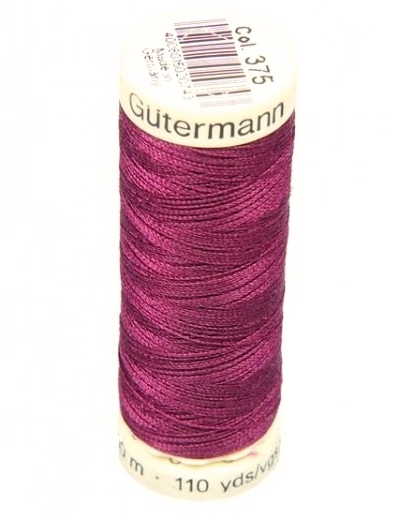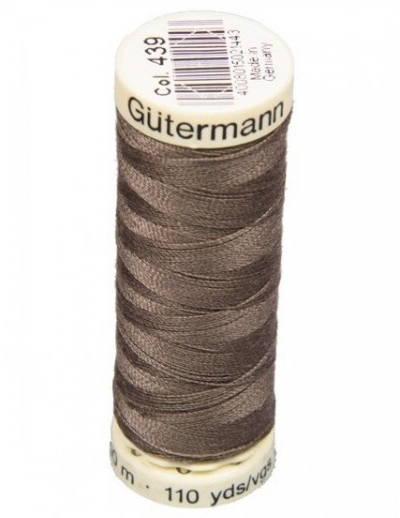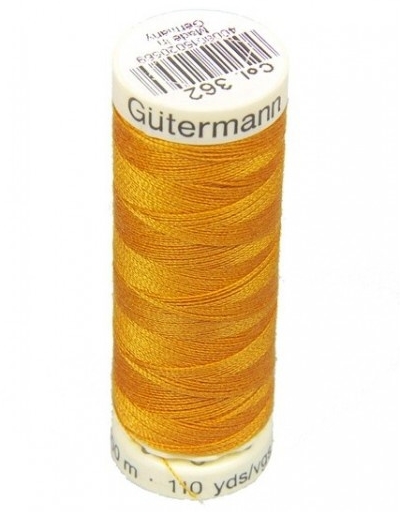Types of threads
Thread has its own place in the clothing industry, which cannot be taken away by anyone. Although we have a lot of new technology for connecting outdoor clothing, you can't sew a t-shirt with it. Using sewing thread, we can sew our new piece in the wardrobe, decorate it with embroidery or clean the edges so that they do not fray unsightly
Distribution of sewing threads
The first division of sewing threads is according to the raw material used in its production. With each raw material, the thread acquires its specific properties and use. Materials used for thread production include cotton , linen , silk , and synthetic fibers.
Cotton thread
It is made from combed yarns from long-staple cotton . The most commonly used sewing thread is imitation sewing silk . Such threads are shiny and smooth. They are used for sewing outerwear and underwear. Double-spun cotton top sewing threads are also used for sewing men's clothing and sewing on buttons. Previously, these threads were used because of greater strength in the seam.
Synthetic sewing threads
Cotton sewing threads are slowly disappearing, and synthetic sewing threads , which have higher strength and finesse, are being used more and more. Such threads are much more resistant to abrasion and their lifetime is comparable to that of fabrics . For the production of synthetic threads ; polyamide, but most often polyester fibers are used.
- Polyamide fibers – they are used for the production of monofilament thread , which consists of one fiber. The color of these threads adapts to the color of the sewn fabric and they are mostly transparent. Only for sewing dark materials, it is possible to get such threads in a light gray shade.
- Polyester fibers - they are mainly made from staple or silk . When spun, they get better finesse, uniformity than cotton threads , so they are much better when sewing on semi-automatic and high-performance sewing machines.
Core sewing thread
Core sewing threads have the advantages of both cotton and synthetic sewing threads . The core of the thread is made of polyester silk and for high strength it is spun with cotton , which protects against high temperatures during sewing. Core sewing threads have excellent properties when sewing with the most demanding fabric joining technologies .
Another group for the division of threads is according to their use:
Stitch - a thread that is intended only for auxiliary sewing. Its color is always white so that it does not stain the sewn fabric during ironing and steaming. It is most often made of viscose or cotton
Embroidery silk - this thread is used in machine embroidery
Hole silk - these are very shiny, viscose silk for embroidering holes on outerwear
Flax threads - today they are mainly used to reinforce buttonholes, but earlier their importance was in the hand sewing of buttons.
Nowadays, there are ever increasing demands on the thread , which they have to meet. The most common requirements for thread include sewing strength, uniformity, elasticity and stretchability, resistance to abrasion, smoothness, resistance to higher temperatures, it must remain twisted and form loops in the loose state.



This online store stores cookies that help it function properly. By using our services, you agree to their use.